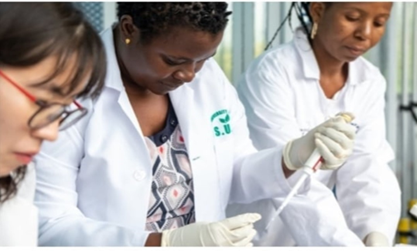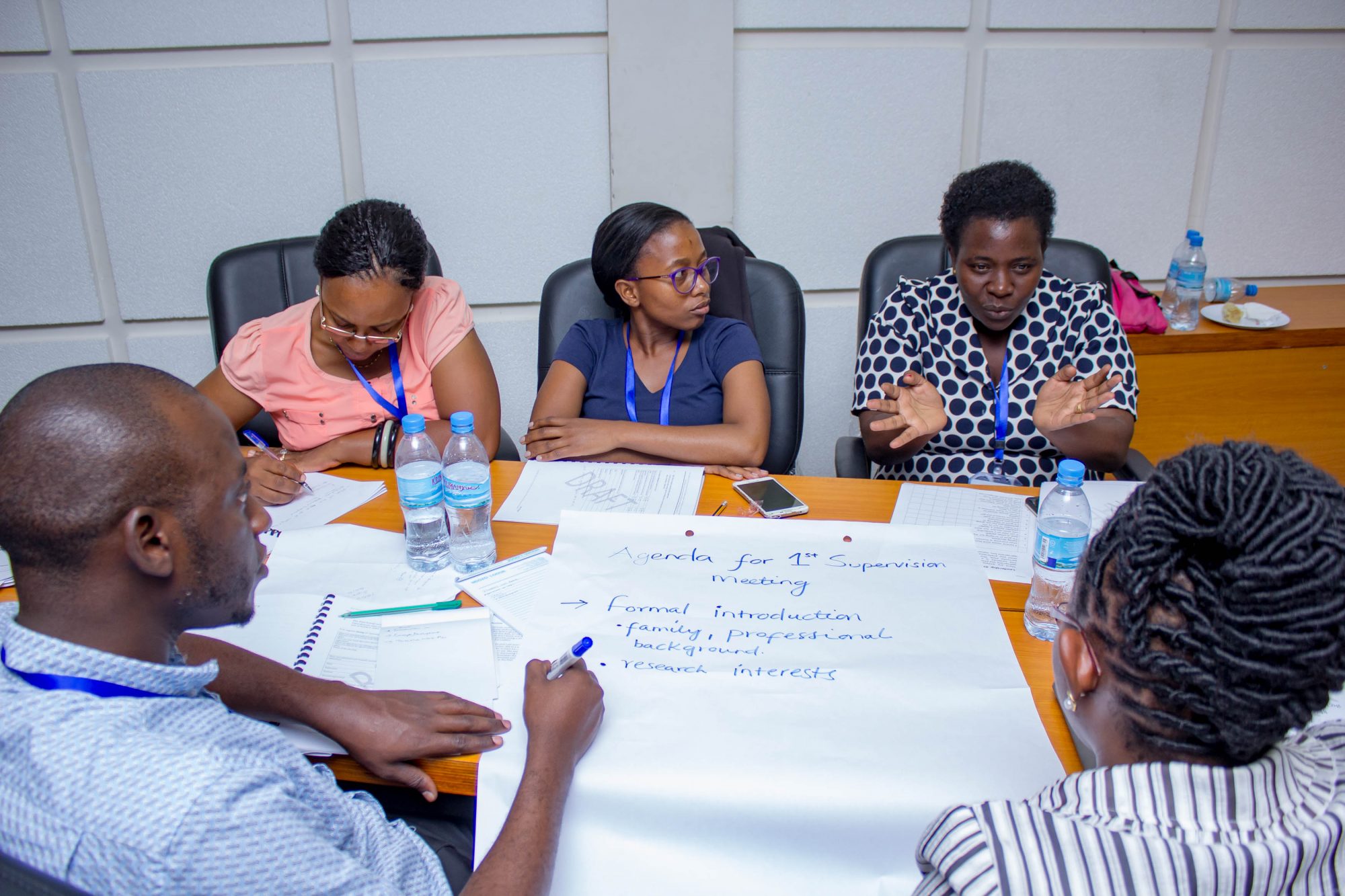Sima Rugarabamu from the SACIDS Foundation for One Health, Sokoine University of Agriculture, Tanzania details the new understanding of viral haemorrhagic fevers in Tanzania
Viral haemorrhagic fevers (VHFs) are a group of infectious diseases caused by viruses that are clinically characterised by fever, bleeding and death. The VHFs reported in Sub-Saharan Africa include Crimean-Congo haemorrhagic fever (CCHF), Ebola virus disease (EVD), Lassa fever (LF), Lujo haemorrhagic fever (LUHF), Marburg virus disease (MVD), Rift Valley fever (RVF), and yellow fever (YF).
Yellow fever, Marburg, and Ebola have been reported from a large area in sub-Saharan Africa. Until recently, there is limited information on the magnitude and distribution of most of the VHF in Tanzania.
Tanzania is bordering the Democratic Republic of the Congo which has experienced EVD outbreaks for many years. Recently, I carried out a countrywide survey to gain a better understanding of the VHFs exposure status, infection levels, distribution, and risk of introduction into Tanzania. In addition, the survey explored the possibility of malaria and VHFs concurrent infections among the population. The survey also explored the community knowledge, attitudes and practices as regards to these diseases. A total of eight districts Buhigwe, Kalambo, Kyela, Kilindi, Kinondoni, Kondoa, Mvomero, and Ukerewe were involved, chosen based on their ecological conditions.

The magnitude of exposure to viral haemorrhagic fevers
In each surveyed district, antibodies to at least one of the VHF viruses was detected in the blood of individuals involved. Higher exposure was recorded in western Tanzania, areas with one rainfall season while the lowest was central Tanzania, characterised by semi-arid conditions, and lowest rainfall. VHF viral activity in the country’s diverse environments was significantly associated with contact with wild animals or bats and keeping goats. The rate of VHF and malaria occurring concurrently was very low. Despite the presence of antibodies indicating previous exposure to VHFs, there was no individual who showed clinical symptoms or signs of the diseases.
Community knowledge, attitude and practices as regards VHF
There was inadequate knowledge and appropriate practices among the communities regarding VHF. The exposure practices that could put one at risk of VHF include tick bites; crushing of ticks with bare hands; mosquito bites; and contact with wild animals, including rodents, birds, and bats. Others were handling and butchering of wild animals, contact with body fluids, or direct contact with dead animals/individuals. One-fifth of respondents admitted consuming raw meat, raw milk, raw blood, and game (including primate) meat, which are among the risk practices for the occurrence of VHF.
How to combat viral haemorrhagic fevers
To combat VHFs, a diverse and multi-disciplinary array of contributions is required. The key processes of event detection, assessment, response, notification, and monitoring play a significant role in all of this. The SACIDS Foundation for One Health and its wider smart partnership has made efforts to support the development of research and laboratory capacity in the African region.
Support for graduate-level training programs to develop advanced technical, managerial, and leadership skills, as well as in-service short course training for peripheral laboratory staff on the detection and prevention of viral haemorrhagic fevers, were added to the efforts. The available evidence suggests that these efforts are having a positive impact in the country.

Tanzanians have been able to build an extensive network of scientific and public health collaborators and partnerships to expand and diversify the work described above due to the successful integration and range of scientific and professional development from the laboratory to field-based epidemiology and investigation. This has resulted in the formation of a professional collaboration with institutions such as South Africa’s National Institute for Communicable Diseases to improve the specific detection and diagnosis of viral haemorrhagic fevers in Tanzania.
A national contingency plan has been developed to identify strategic directions for preventing and controlling the spread of viral haemorrhagic fevers in the country. Establishing high-level national intersectoral committees for VHF, strengthening epidemiological and laboratory surveillance capacities, and initiating or strengthening implementation of adequate infection control practices in health care settings through the development of an institutional safety climate and strong infection control training programs are among these.
Author’s acknowledgements
This article is based on a study conducted by Sima Rugarabamu as part of her PhD program at the SACIDS Foundation for One Health, Sokoine University of Agriculture. The author would like to thank individuals, mentors, and collaborators who cannot be named due to space constraints for their encouragement, assistance, and openness of heart that aided in the completion of this study.

This work is licensed under Creative Commons Attribution-NonCommercial-NoDerivatives 4.0 International.


